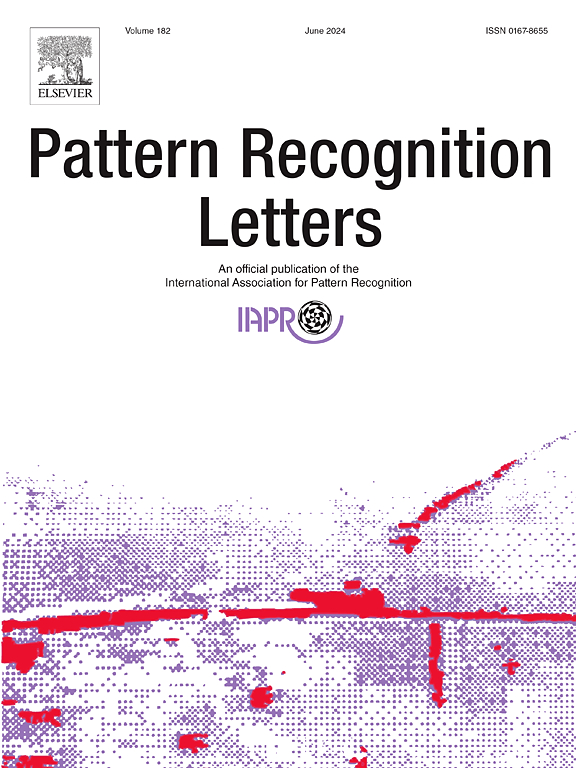交叉擦除增强网络对闭塞者的再识别
IF 3.9
3区 计算机科学
Q2 COMPUTER SCIENCE, ARTIFICIAL INTELLIGENCE
引用次数: 0
摘要
闭塞人员的再识别是安全监测中最具挑战性的任务之一。现有的被遮挡人再识别方法大多依赖于外部辅助模型,无法处理非目标行人遮挡,忽略了行人图像的上下文信息。为了解决上述问题,我们提出了一个交叉擦除增强网络(CENet)来重新识别被遮挡的人。具体而言,我们提出了一种特征映射交叉擦除模块(FMCM),通过擦除特征映射来模拟真实场景中的障碍物遮挡和非目标行人遮挡。同时,我们设计了一个闭塞感知混合注意模块(OMAM),使网络能够有效地从非闭塞区域捕获特征。最后,我们提出了一个全视图增强模块(FEM),通过分析行人图像的上下文信息来提取行人图像的判别特征。在封闭和整体数据集上的综合实验结果证实了我们方法的有效性。本文章由计算机程序翻译,如有差异,请以英文原文为准。
Cross-erasure enhanced network for occluded person re-identification
Occluded person re-identification is one of the most challenging tasks in safety monitoring. Most existing methods for occluded person re-identification rely on external auxiliary models, which cannot handle non-target pedestrian occlusions and ignore the contextual information of pedestrian images. To address the above issues, we propose a cross-erasure enhanced network (CENet) for occluded person re-identification. To be specific, we propose a feature map cross-erasure module (FMCM) that can simulate obstacle occlusion and non-target pedestrian occlusion in real scenes by erasing feature maps. Meanwhile, we design an occluded-aware mixed attention module (OMAM), which empowers the network to efficiently capture features from non-occluded areas. Finally, we propose a full-view enhancement module (FEM) to extract discriminative features of pedestrian images by parsing the contextual information of the images. Comprehensive experimental outcomes on both occluded and holistic datasets affirm the effectiveness of our method.
求助全文
通过发布文献求助,成功后即可免费获取论文全文。
去求助
来源期刊

Pattern Recognition Letters
工程技术-计算机:人工智能
CiteScore
12.40
自引率
5.90%
发文量
287
审稿时长
9.1 months
期刊介绍:
Pattern Recognition Letters aims at rapid publication of concise articles of a broad interest in pattern recognition.
Subject areas include all the current fields of interest represented by the Technical Committees of the International Association of Pattern Recognition, and other developing themes involving learning and recognition.
 求助内容:
求助内容: 应助结果提醒方式:
应助结果提醒方式:


